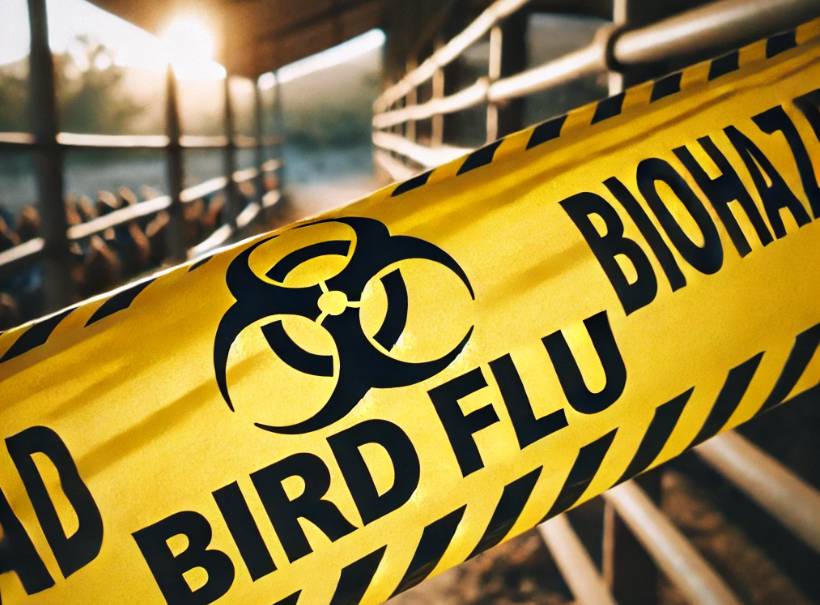
The recent concerns about H5N1, commonly known as bird flu, have left many wondering why the United States hasn’t widely implemented a vaccine for poultry. While countries like China and Egypt have used bird flu vaccines in their flocks, the U.S. has been hesitant to follow suit. The reasons behind this are complex, involving trade policies, virus mutations, and concerns about vaccine effectiveness.
1. Trade Barriers and Economic Risks
One of the biggest reasons the U.S. hasn’t implemented widespread poultry vaccination is international trade restrictions. Many countries that import American poultry products, such as the European Union and China, have strict bans on importing poultry from vaccinated flocks. This is because current testing methods can’t always differentiate between vaccinated birds and those actively infected with the virus. If the U.S. were to vaccinate its poultry, it could jeopardize billions of dollars in exports.
2. Vaccine Challenges and Effectiveness
Unlike vaccines for humans and pets, developing an effective vaccine for poultry against bird flu is particularly challenging. Bird flu viruses mutate rapidly, and a vaccine developed today might not protect against tomorrow’s strain. Additionally, vaccines don’t always provide complete immunity—birds can still get infected and spread the virus without showing symptoms. This is a major concern because it could lead to silent transmission, making outbreaks harder to track and control.
3. Culling as the Primary Control Method
Rather than using vaccines, the U.S. has relied on mass culling (depopulation) to control outbreaks. If a poultry farm has even a small number of infected birds, the entire flock is usually destroyed to prevent the virus from spreading. This strategy, while devastating for farmers, is considered the most effective way to eliminate the virus from the supply chain and protect the poultry industry.
4. Concerns About Mutation and Human Spillover
Some experts worry that vaccinating poultry without completely stopping the spread of bird flu could encourage the virus to mutate in ways that make it more dangerous—potentially even to humans. Since bird flu has the potential to mix with human flu viruses, an ineffective vaccination strategy could lead to a greater risk of a pandemic.
5. The Future of Bird Flu Vaccination in the U.S.
While the U.S. has not yet implemented widespread poultry vaccination, it’s not completely off the table. The USDA has been researching and testing new vaccine candidates, especially as concerns grow about the potential for H5N1 to spill over into mammals. However, for vaccination to become a viable solution, the U.S. would need to develop improved vaccines, better testing methods to differentiate infected from vaccinated birds, and negotiate new trade agreements.
For now, the focus remains on strict biosecurity measures and culling infected flocks. But as the threat of bird flu evolves, so too might the U.S. approach to poultry vaccination.
